Home>Garden Essentials>How To Germinate A Redwood From A Pine Cone
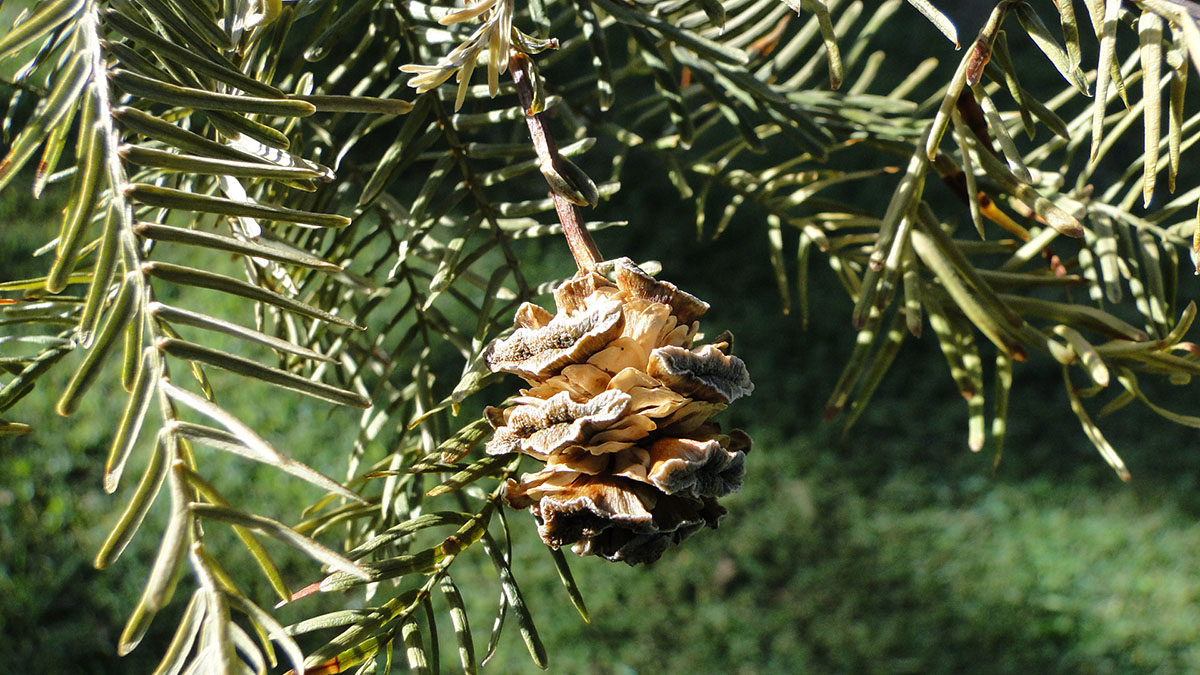

Garden Essentials
How To Germinate A Redwood From A Pine Cone
Modified: March 16, 2024
Learn how to germinate a redwood from a pine cone in your garden. Follow our step-by-step guide for successful propagation and enjoy the beauty of these majestic trees at home.
(Many of the links in this article redirect to a specific reviewed product. Your purchase of these products through affiliate links helps to generate commission for Storables.com, at no extra cost. Learn more)
Introduction
Welcome to the world of gardening! If you’re a nature enthusiast and love to see plants thrive, then you’re in for a treat. In this article, we will guide you through the fascinating process of germinating a redwood tree from a pine cone. Redwoods are majestic and iconic trees known for their towering height and longevity. By germinating a redwood seed, you’ll have the opportunity to grow your very own piece of nature’s legacy.
Before we dive into the step-by-step process, let’s take a moment to appreciate the beauty and significance of redwood trees. Redwoods, also known as Sequoia sempervirens, are native to the coastal regions of California and Oregon, USA. They are the tallest trees on Earth, reaching heights of over 300 feet.
Redwoods also have an impressive lifespan, with some trees living for thousands of years. These trees have witnessed the passing of civilizations, the rise and fall of empires, and countless natural and historical events. By germinating a redwood seed, you are connecting with nature in a profound way and becoming a steward of its legacy.
Now that we understand the importance of redwood trees, let’s move on to the step-by-step guide on how to germinate a redwood from a pine cone.
Key Takeaways:
- You can grow your own majestic redwood tree from a pine cone by following simple steps like collecting, preparing, and caring for the seeds. It’s a magical journey of nurturing nature’s legacy!
- By germinating redwood seeds, you’re not just growing a tree, but becoming a steward of nature’s beauty. With patience and care, you can witness the miracle of a tiny seed turning into a towering giant.
Read more: How To Harvest Pine Cone Seeds
Step 1: Collecting the Pine Cones
The first step in the process of germinating a redwood tree from a pine cone is to collect mature and healthy pine cones. Redwood trees produce cones that are about 1.5 to 2 inches in length. These cones can be found scattered on the forest floor or still attached to the branches of the tree.
When collecting pine cones, it’s important to choose ones that are fully matured. Mature cones are brown in color and will feel dry and open to the touch. Avoid collecting green or closed cones, as they are not yet ready to release their seeds.
You can collect pine cones by gently plucking them from the branches or by picking them up from the ground. It’s best to collect several cones to increase your chances of finding viable seeds. Place the collected cones in a bag or container, keeping them safe and dry until you’re ready to proceed to the next step.
Remember to be mindful of your surroundings and any rules or regulations regarding the collection of pine cones. Some areas may have restrictions or require permits for collecting natural materials.
With your pine cones in hand, you’re now ready to move on to the next step in the process of germinating a redwood tree – preparing the pine cones.
Step 2: Preparing the Pine Cones
Preparing the pine cones is an essential step in germinating a redwood tree from a pine cone. This process helps to ensure that the seeds inside the cones are viable and ready for germination.
Start by inspecting the collected pine cones for any signs of damage, mold, or infestation. Discard any cones that appear damaged or compromised, as they may not contain healthy seeds.
Next, place the pine cones on a baking sheet and preheat your oven to a low temperature, around 200°F (93°C). This low heat will help to open the cones and release the seeds. Leave the pine cones in the oven for approximately 15-20 minutes, or until you start to see the cones opening up and releasing their seeds.
Once the pine cones have been heated and opened, remove them from the oven and allow them to cool completely. Use a gentle hand to separate the seeds from the cone scales. The seeds should be dark brown in color and have a papery wing attached to them. Remove any debris or pieces of cone that may be mixed with the seeds.
After the seeds have been separated, you can give them a gentle rinse in water to remove any remaining debris. Place the seeds on a paper towel or dry cloth and allow them to air dry for a few hours. Avoid using heat or direct sunlight to dry the seeds, as this can damage them.
Once the seeds are completely dry, you’re now ready to move on to the next step – the stratification process.
Step 3: Stratification Process
The stratification process is an important step in preparing redwood seeds for germination. This process mimics the natural conditions that redwood seeds experience in their native environment, encouraging them to break dormancy and begin the germination process.
To stratify the redwood seeds, you will need a container and a moist stratification medium. The container can be a plastic bag, a plastic container with a lid, or a glass jar with a breathable cover. Fill the container with a damp stratification medium such as peat moss, vermiculite, or a mixture of peat moss and perlite.
Place the redwood seeds on top of the stratification medium and gently press them into the surface. Make sure the seeds are not buried too deep, as they need access to oxygen for germination. Seal the container or cover it with a breathable lid to maintain humidity.
Now, it’s time to provide the stratification process. Redwood seeds require a period of cold stratification followed by a warm stratification. Start by placing the container in a refrigerator or a cold location with a temperature between 32-40°F (0-4°C).
Keep the seeds in cold stratification for about 30-60 days. During this time, check the moisture levels of the stratification medium regularly. It should remain damp but not overly wet. If necessary, mist the medium with water to maintain the proper moisture level.
After the cold stratification period, transition the seeds to a warm stratification process. Place the container in a warm location with a temperature between 60-70°F (15-21°C). This warmer temperature signals to the seeds that it’s time to germinate.
Continue the warm stratification process for another 30-60 days. The seeds should start to show signs of germination, such as small root or shoot growth. Monitor the moisture levels and ensure that the stratification medium remains slightly damp throughout this period.
Once the seeds have gone through the stratification process, it’s time to move on to the next step – germinating the redwood seeds.
To germinate a redwood from a pine cone, place the pine cone in a plastic bag with moist soil and refrigerate for 3-4 weeks. Then, plant the cone in a pot and keep the soil moist. It may take several weeks for the seed to sprout.
Step 4: Germinating the Redwood Seeds
After the stratification process, it’s time to germinate the redwood seeds and witness the miracle of new life. The germination process involves providing the optimal conditions for the seeds to sprout and establish root growth.
Start by filling a seed tray or small pots with a well-draining potting mix. Moisten the soil slightly, ensuring it’s damp but not excessively wet. Using your finger or a small tool, create small indentations in the soil about half an inch deep.
Place one redwood seed in each indentation and cover it with soil, lightly pressing the soil down to ensure good contact with the seed. Space the seeds evenly in the tray or pot, leaving a few inches of space between each seed.
Now, it’s time to provide the right conditions for germination. Redwood seeds prefer cool and moist environments for successful sprouting. You can cover the tray or pots with a clear plastic dome or plastic wrap to create a mini greenhouse effect. This helps to retain moisture and maintain a consistent humidity level.
Place the tray or pots in a location with bright, indirect sunlight. Redwood seeds germinate best at temperatures around 60-70°F (15-21°C). Avoid exposing the seeds to direct sunlight, as it can cause the soil to dry out quickly and hinder germination.
Throughout the germination process, it’s important to keep the soil consistently moist. Check the moisture level regularly and mist the soil with water as needed to maintain dampness. Be careful not to overwater, as excessive moisture can lead to fungal growth or rotting of the seeds.
Germination can take anywhere from a few weeks to a couple of months, depending on the conditions and the viability of the seeds. Be patient and observe the trays or pots for any signs of sprouting.
Once the redwood seeds have germinated and you see tiny green sprouts emerging from the soil, congratulations! You have successfully germinated redwood seeds. Now it’s time to move on to the next step – transplanting the seedlings.
Read more: How To Plant Pine Cone Seeds
Step 5: Transplanting the Seedlings
Now that your redwood seedlings have emerged and established strong root systems, it’s time to transplant them into larger containers or directly into the ground. Transplanting will provide the seedlings with more space to grow and thrive.
If you plan to transplant the seedlings into larger containers, choose pots that are at least 2-3 inches larger in diameter than the current container. Fill the new pots with a well-draining potting mix and create a small hole in the center for the seedling.
Gently remove the seedling from its current container, taking care not to damage the delicate roots. Place the seedling in the prepared hole and fill the surrounding space with soil. Firmly press down the soil around the base of the seedling to secure it.
If you plan to transplant the seedlings directly into the ground, choose a suitable location that provides ample sunlight and well-drained soil. Dig a hole that is slightly larger than the root ball of the seedling. Place the seedling in the hole, making sure that the top of the root ball is level with the ground surface.
Backfill the hole with soil, gently pressing it down to eliminate any air pockets. Water the newly transplanted seedlings thoroughly to help them adjust to their new environment.
Remember to provide appropriate care and watering for the transplanted seedlings. Keep the soil consistently moist, but not waterlogged, to support their growth. Monitor the seedlings regularly for any signs of stress or diseases.
It’s important to note that redwood trees are known for their size and can reach immense heights. Therefore, choose a planting location that allows enough space for the tree to grow and consider the long-term implications of its size.
By successfully transplanting the redwood seedlings, you are now one step closer to having your very own redwood tree. The final step in this process is to care for the redwood seedlings to ensure their health and growth.
Step 6: Caring for Redwood Seedlings
Proper care is crucial in ensuring the healthy growth and development of redwood seedlings. Here are some essential tips to help you care for your redwood seedlings:
- Watering: Redwood seedlings require regular watering to thrive. Keep the soil consistently moist, but avoid overwatering, as it can lead to root rot. Water deeply and evenly, allowing the water to penetrate the root zone. During hot and dry weather, you may need to water more frequently.
- Sunlight: Redwood trees are sun-loving plants. Ensure that your seedlings receive full sun or at least 6-8 hours of direct sunlight daily. Adequate sunlight will promote healthy growth and sturdy stems.
- Soil Quality: Redwoods prefer well-draining soil that is rich in organic matter. Prior to transplanting, amend the soil with compost or well-rotted manure to improve its fertility and drainage. Avoid heavy clay soils that retain too much moisture.
- Mulching: Apply a layer of organic mulch around the base of the redwood seedlings to suppress weeds, retain soil moisture, and regulate soil temperature. Use materials like wood chips, straw, or shredded leaves and maintain a mulch depth of 2-3 inches.
- Pruning: As your redwood seedlings grow, occasionally prune any broken or damaged branches to promote healthy growth. Avoid excessive pruning, as it can hinder the natural form and growth of the tree.
- Fertilization: Redwood seedlings generally do not require heavy fertilization. However, you can apply a balanced slow-release fertilizer in early spring to provide a nutrient boost. Follow the package instructions for proper application rates.
- Protection: Protect the young redwood seedlings from extreme weather conditions, such as strong winds or frost. Consider using temporary wind barriers or frost blankets to shield the seedlings until they become more established.
By providing proper care and attention to your redwood seedlings, you’ll be encouraging healthy growth and laying the foundation for a thriving redwood tree. Enjoy the journey of nurturing your redwoods and witnessing their majestic beauty unfold over the years.
With these six steps – from collecting the pine cones to caring for the seedlings – you now have the knowledge and guidance to successfully germinate a redwood tree from a pine cone. Best of luck on your gardening adventure!
Conclusion
Congratulations, you have completed the journey of germinating a redwood tree from a pine cone! By following the step-by-step process outlined in this article, you have learned how to collect pine cones, prepare them, stratify the seeds, germinate the seedlings, transplant them, and care for them. You have embarked on a remarkable journey of nurturing and growing a piece of nature’s legacy.
Redwood trees are not only awe-inspiring in their majesty and beauty, but they also play a vital role in our ecosystem. They provide shade, habitat for wildlife, and contribute to the overall well-being of our planet. By growing your own redwood tree, you are contributing to the conservation and preservation of these magnificent trees.
Remember, cultivating redwood seedlings requires patience, dedication, and ongoing care. As your seedlings grow, continue to provide them with the appropriate amount of sunlight, water, and nutrients. Stay vigilant in protecting them from extreme weather conditions and be mindful of their long-term space requirements.
In time, your redwood seedlings will develop into towering giants, standing as a testament to nature’s resilience and grandeur. As you watch them grow and flourish, take a moment to appreciate the wonder of the natural world and the role you play in stewarding its beauty.
So go ahead, embark on this gardening journey and witness the magic of a tiny redwood seed transforming into a mighty tree. May your redwood tree bring joy, inspiration, and a connection to the marvels of nature for years to come.
Frequently Asked Questions about How To Germinate A Redwood From A Pine Cone
Was this page helpful?
At Storables.com, we guarantee accurate and reliable information. Our content, validated by Expert Board Contributors, is crafted following stringent Editorial Policies. We're committed to providing you with well-researched, expert-backed insights for all your informational needs.
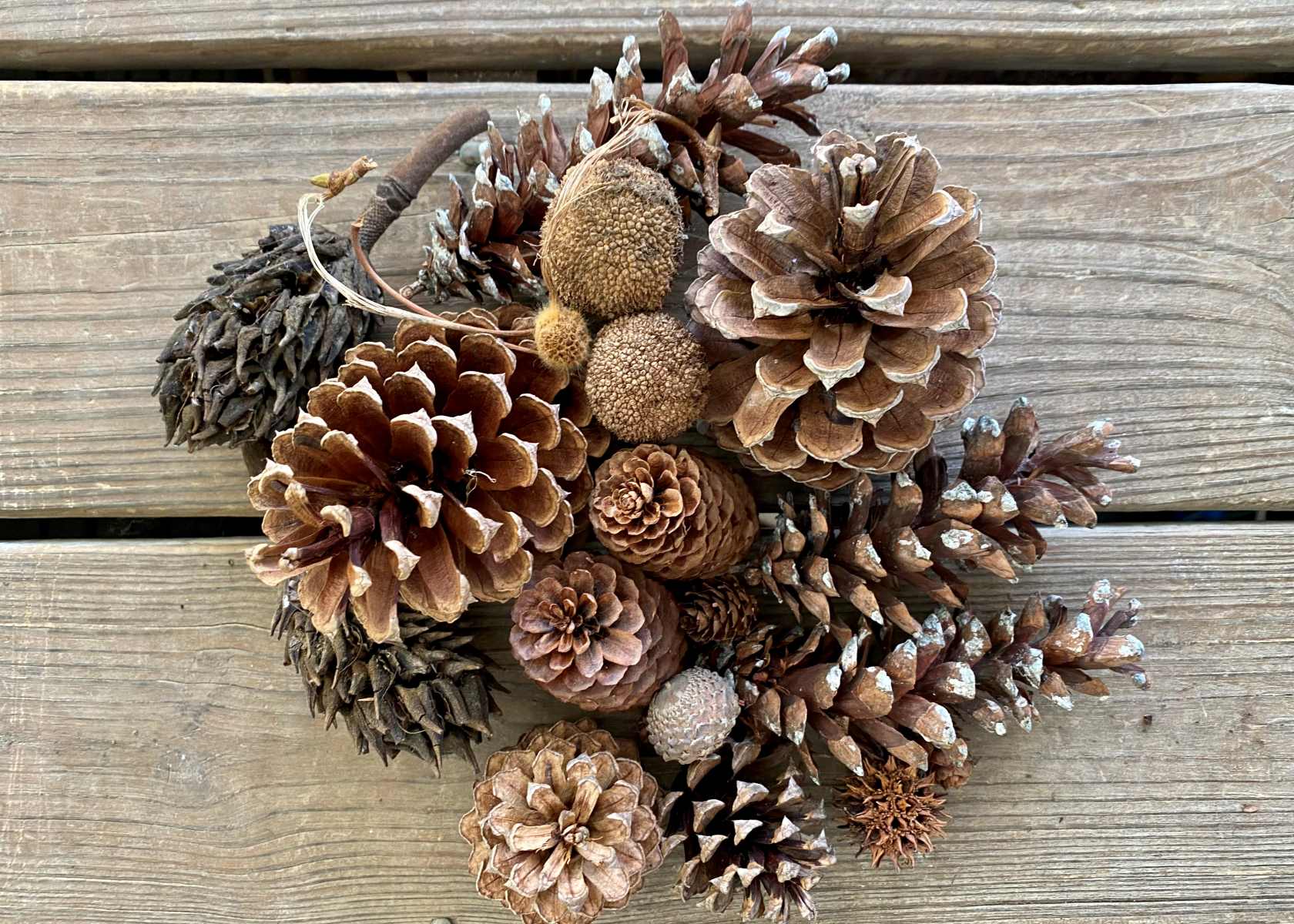
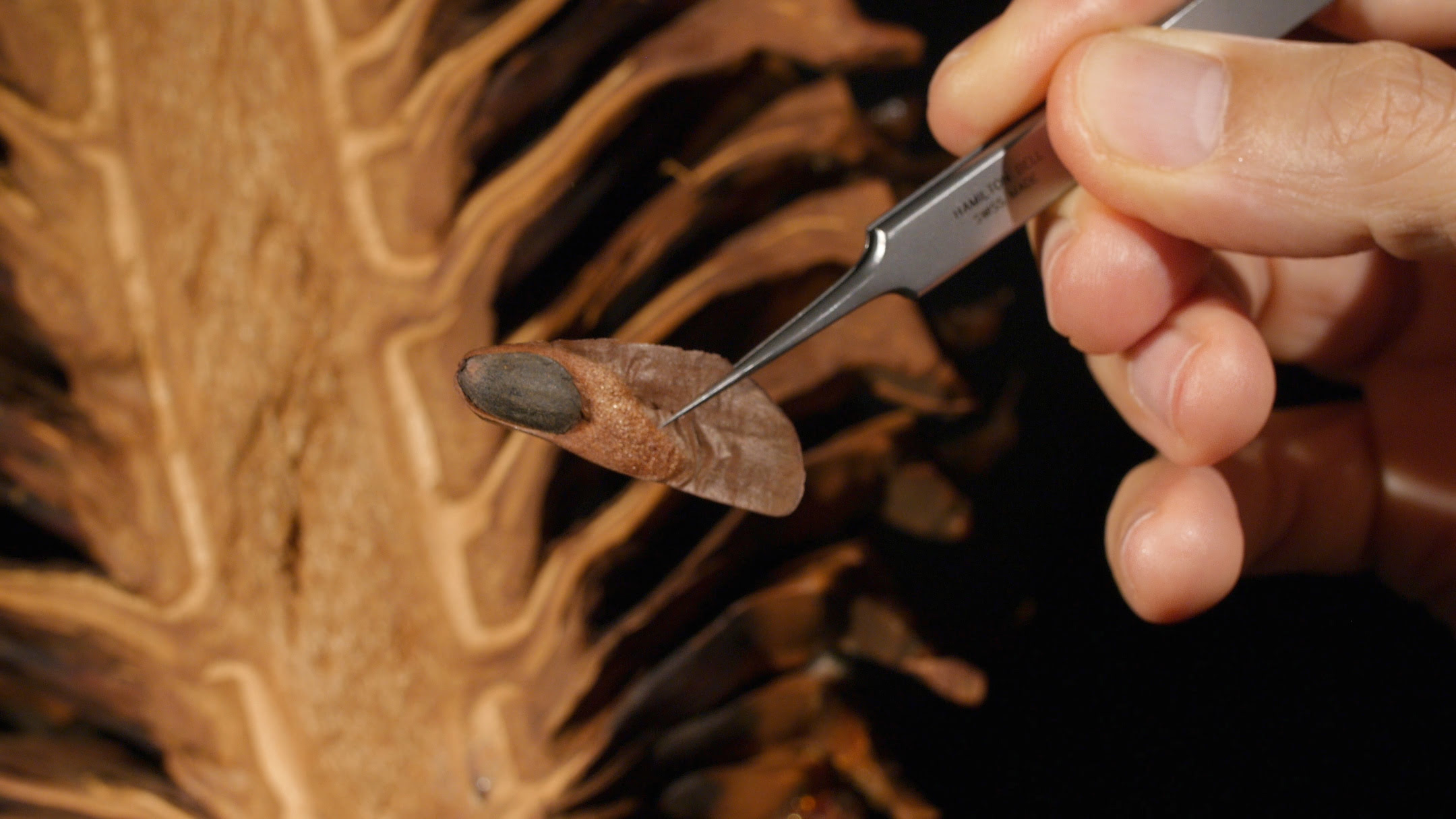
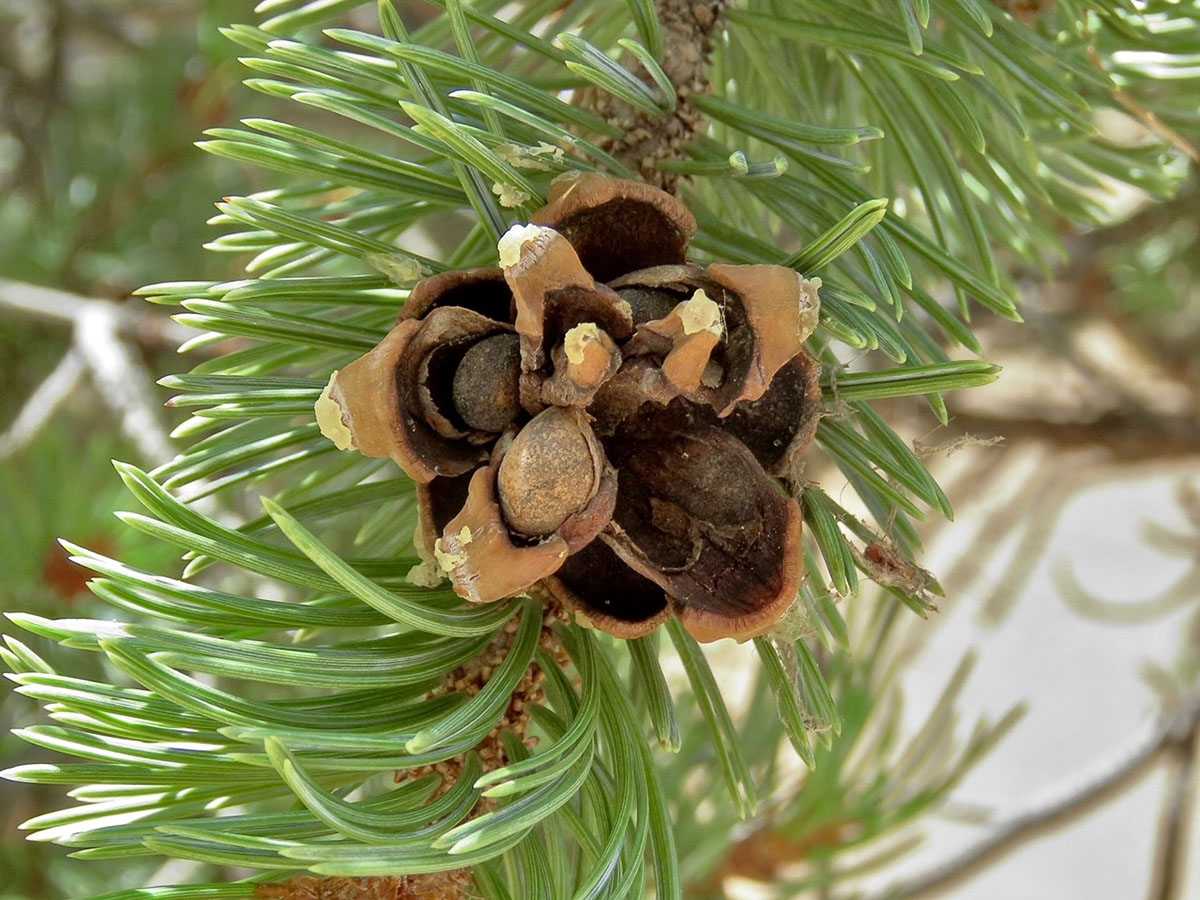
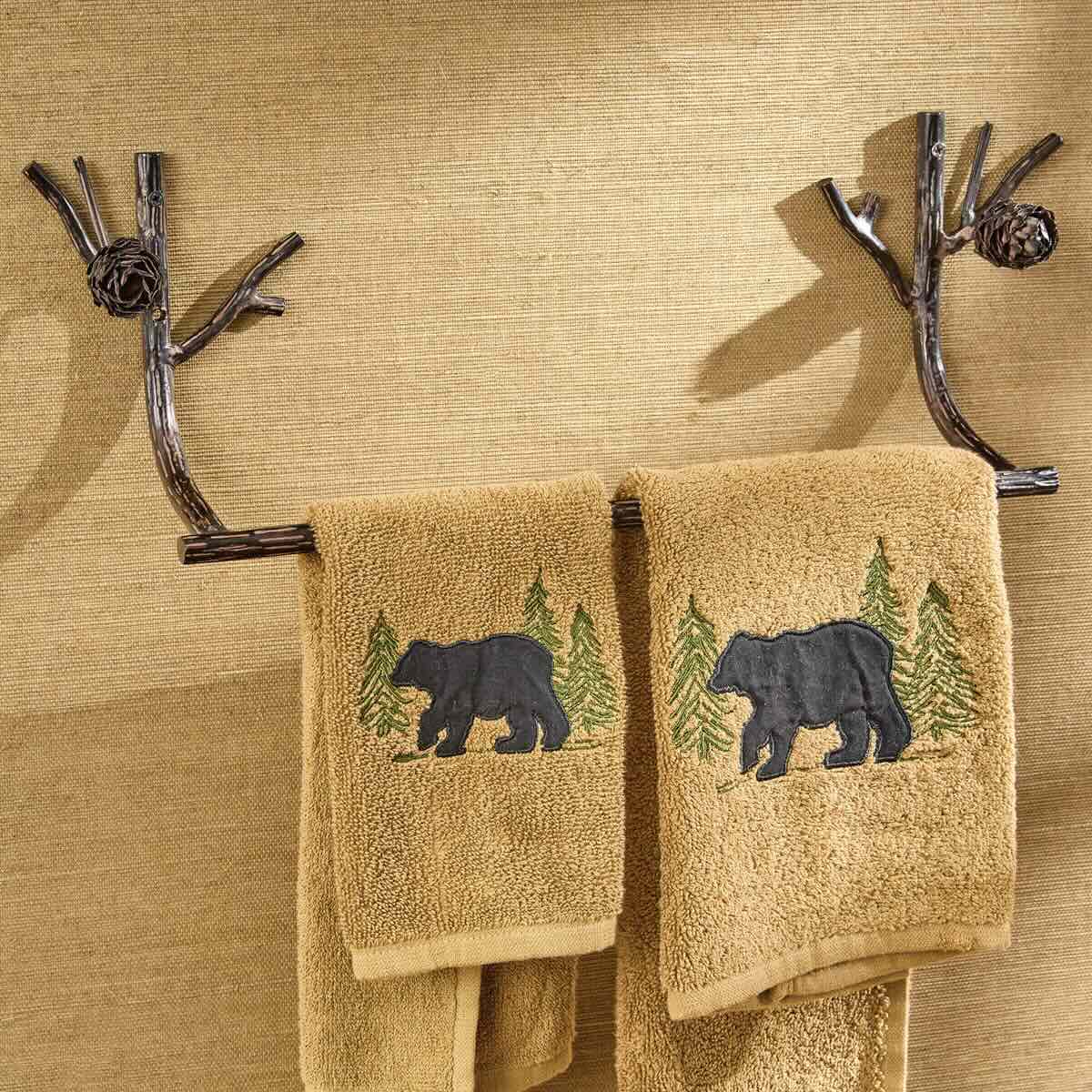
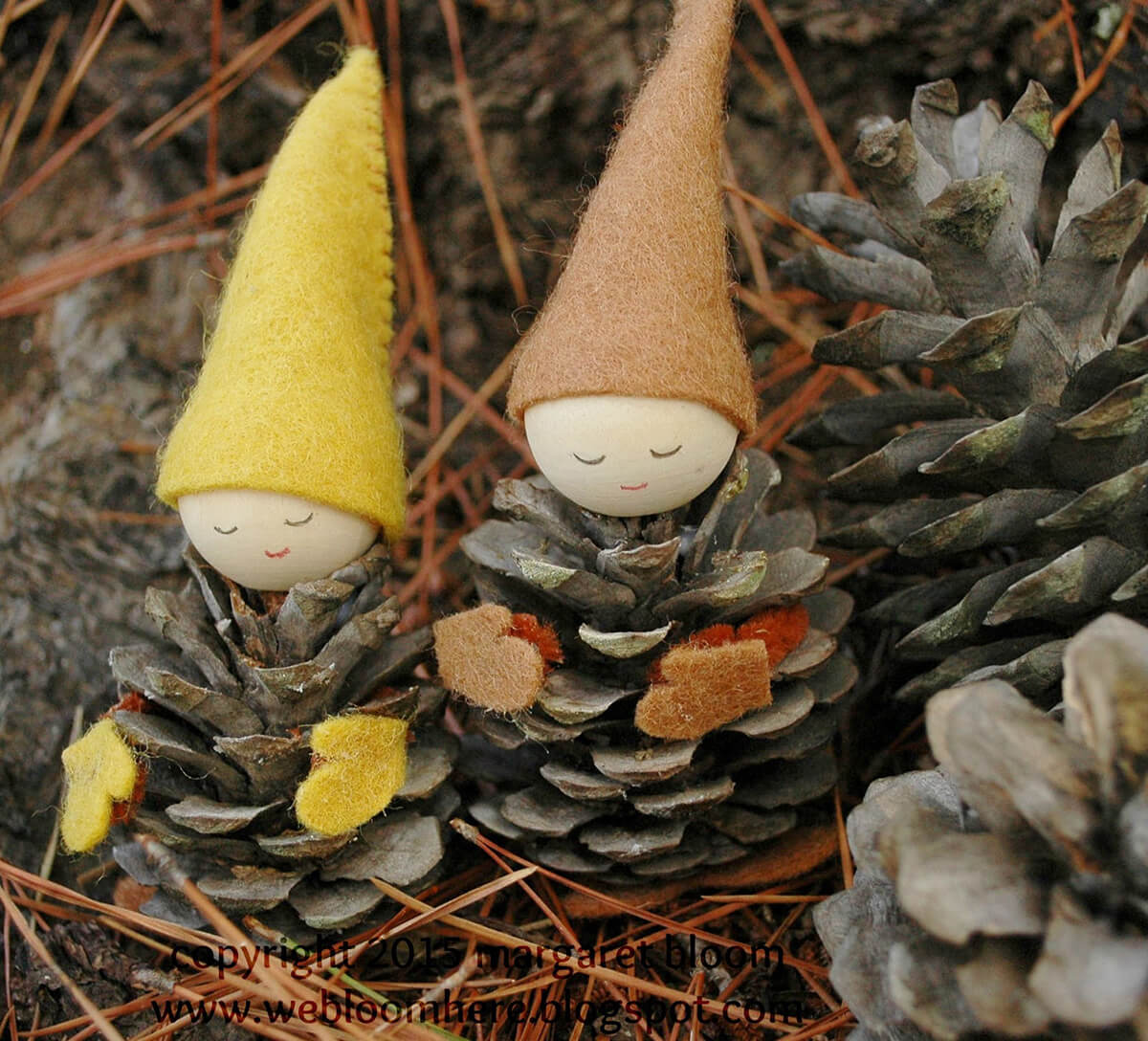
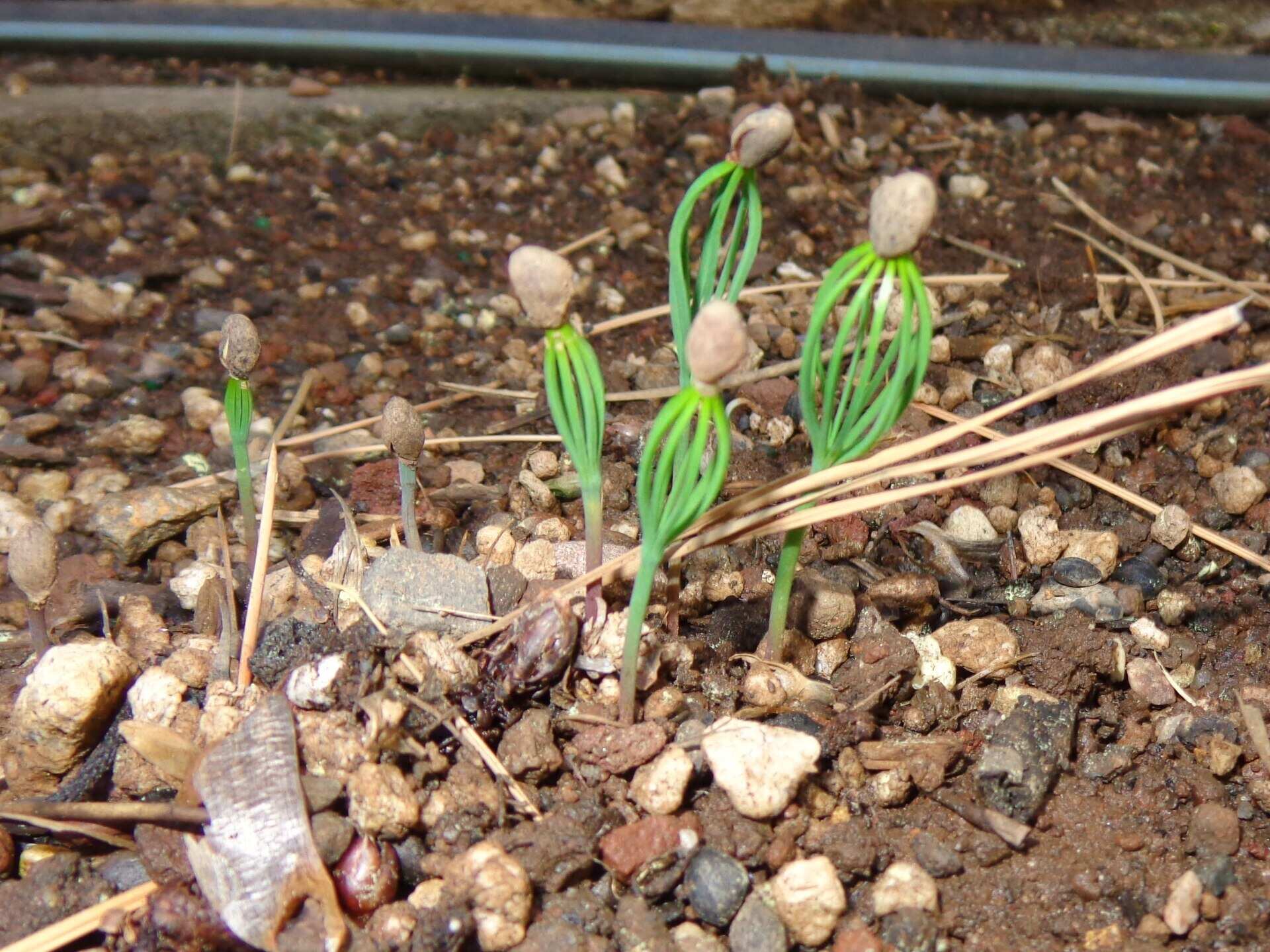
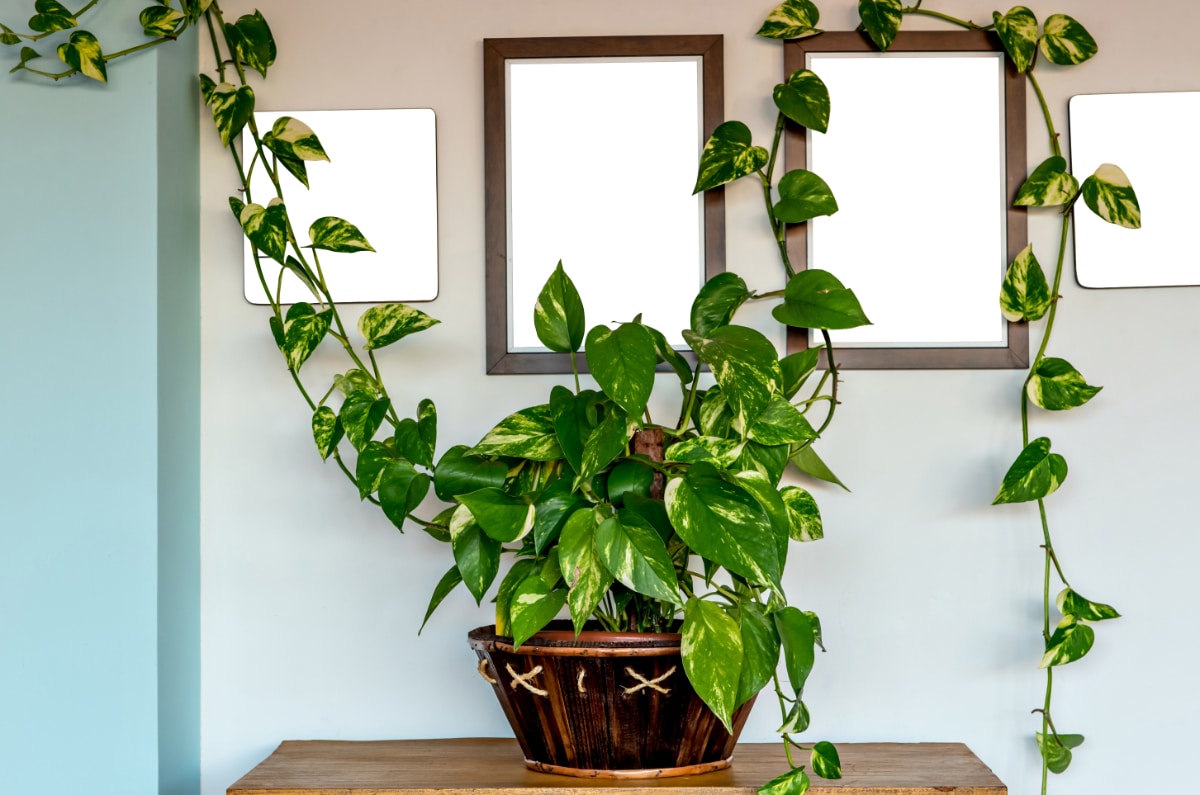
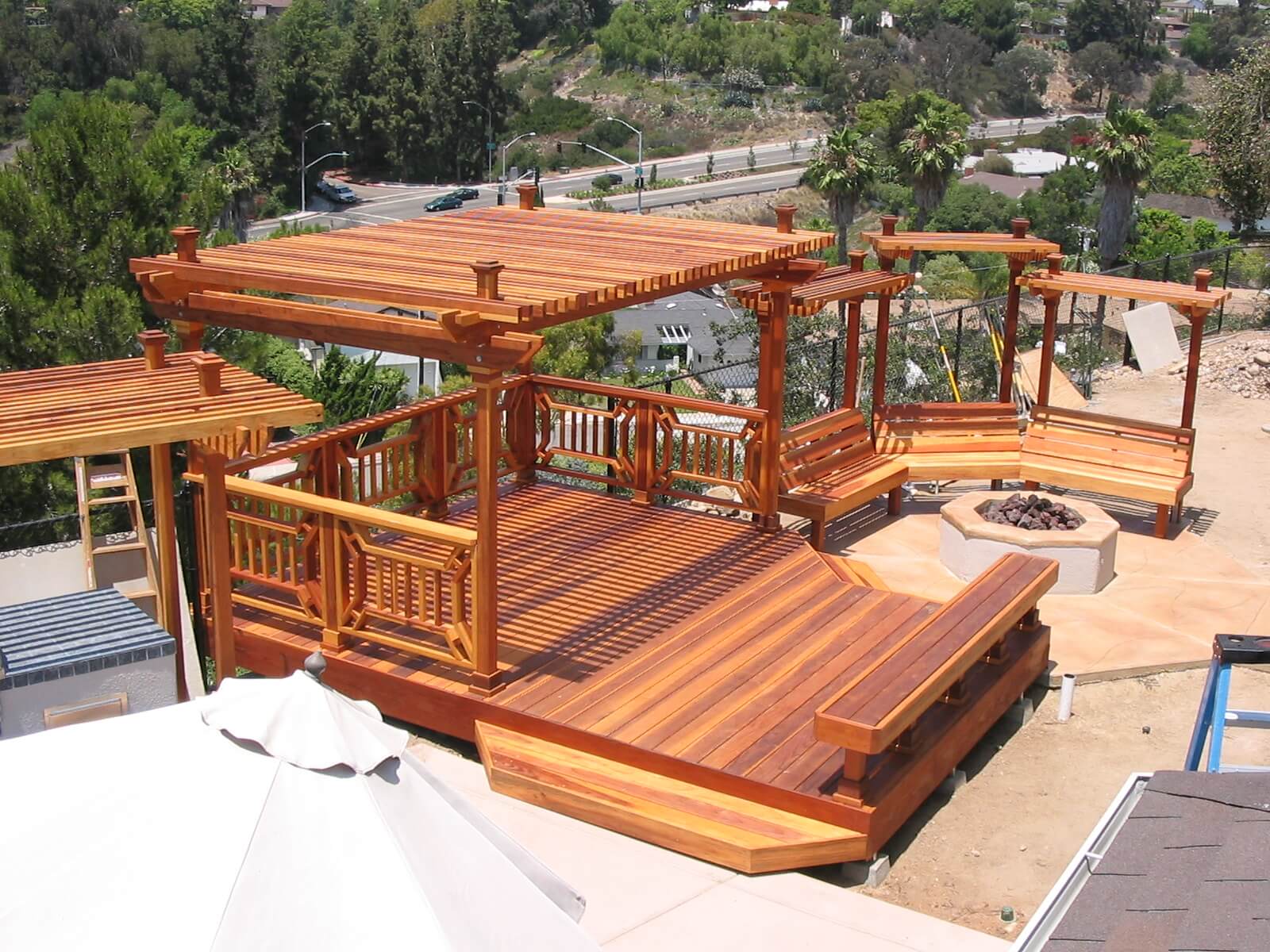
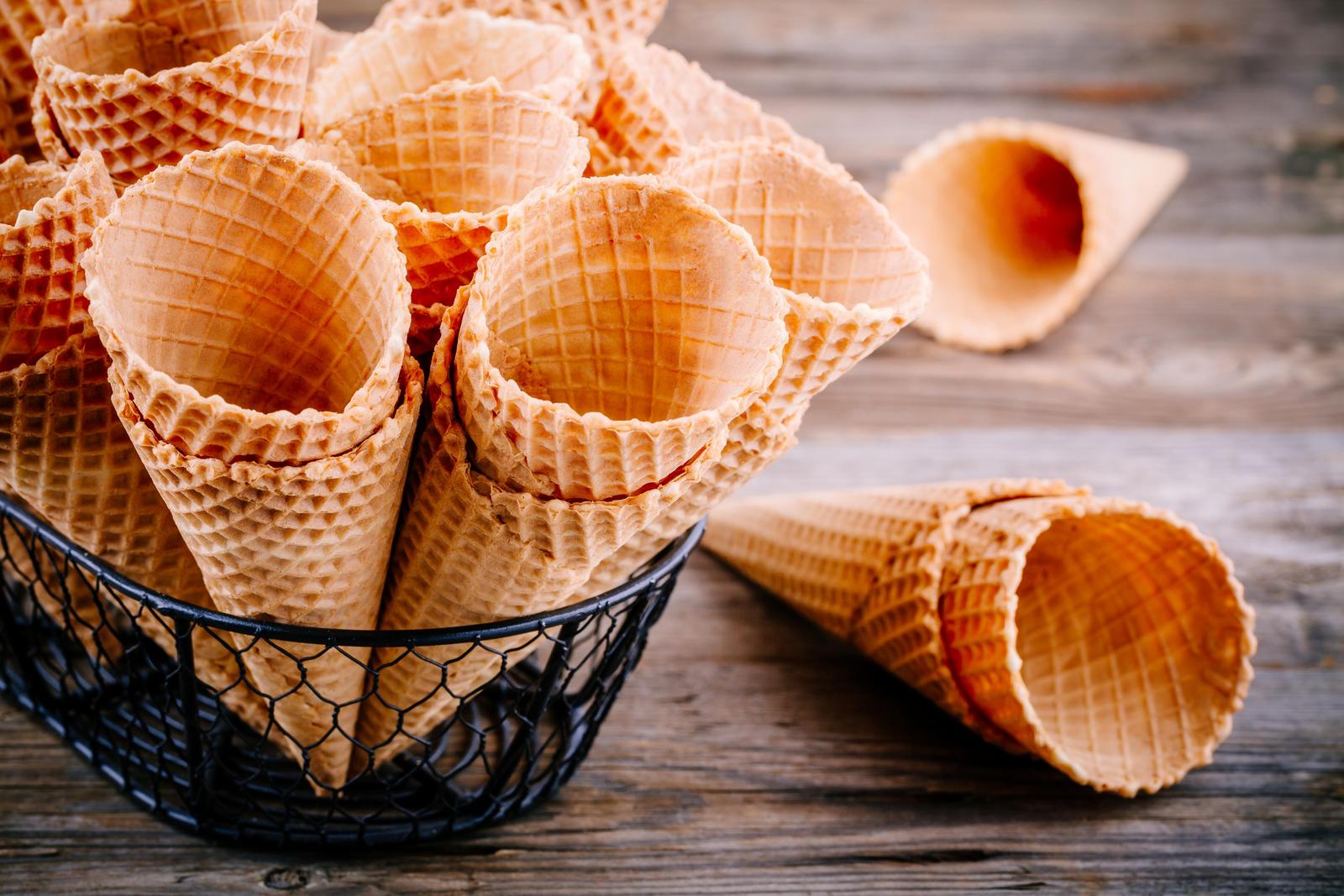
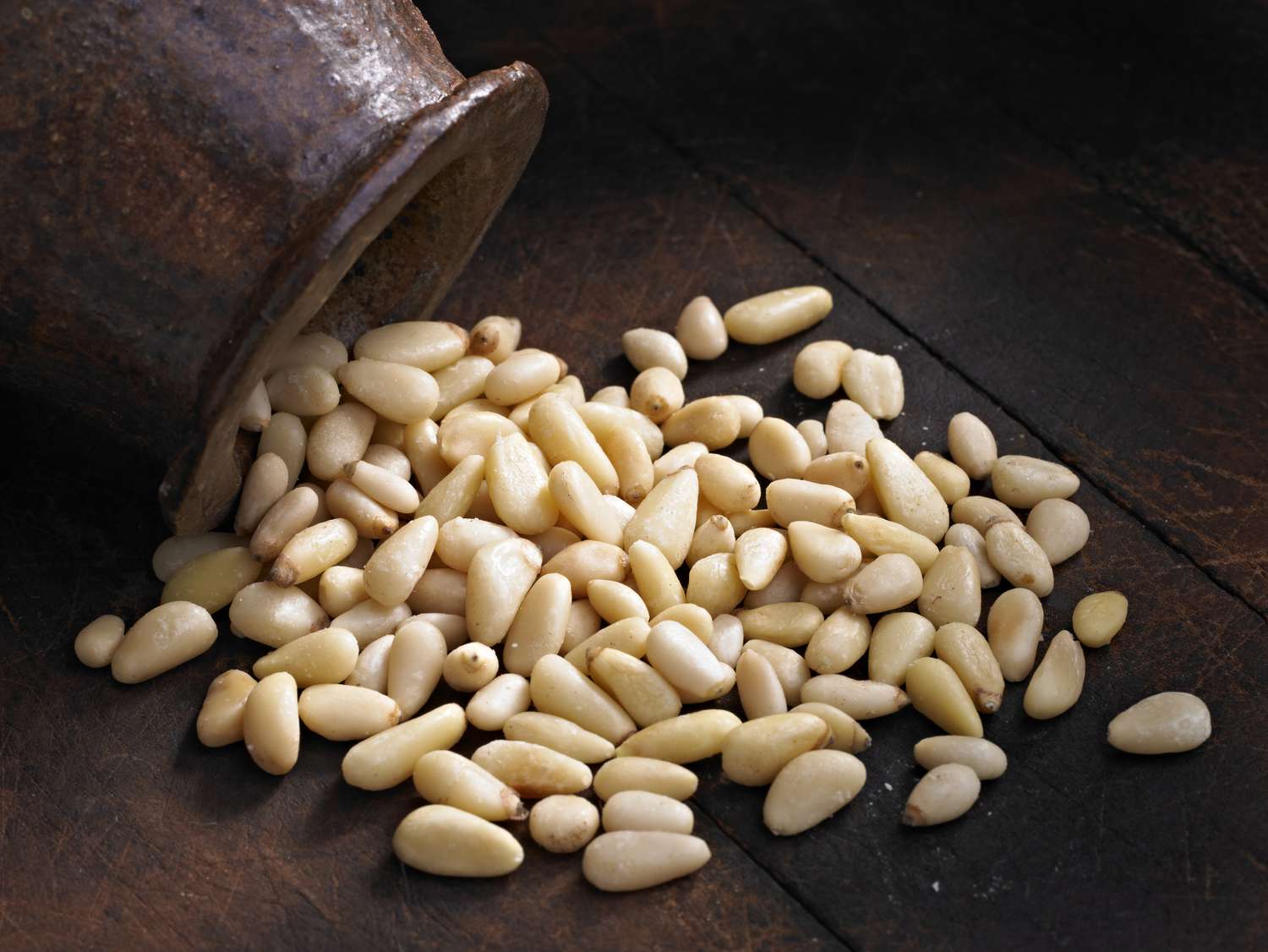
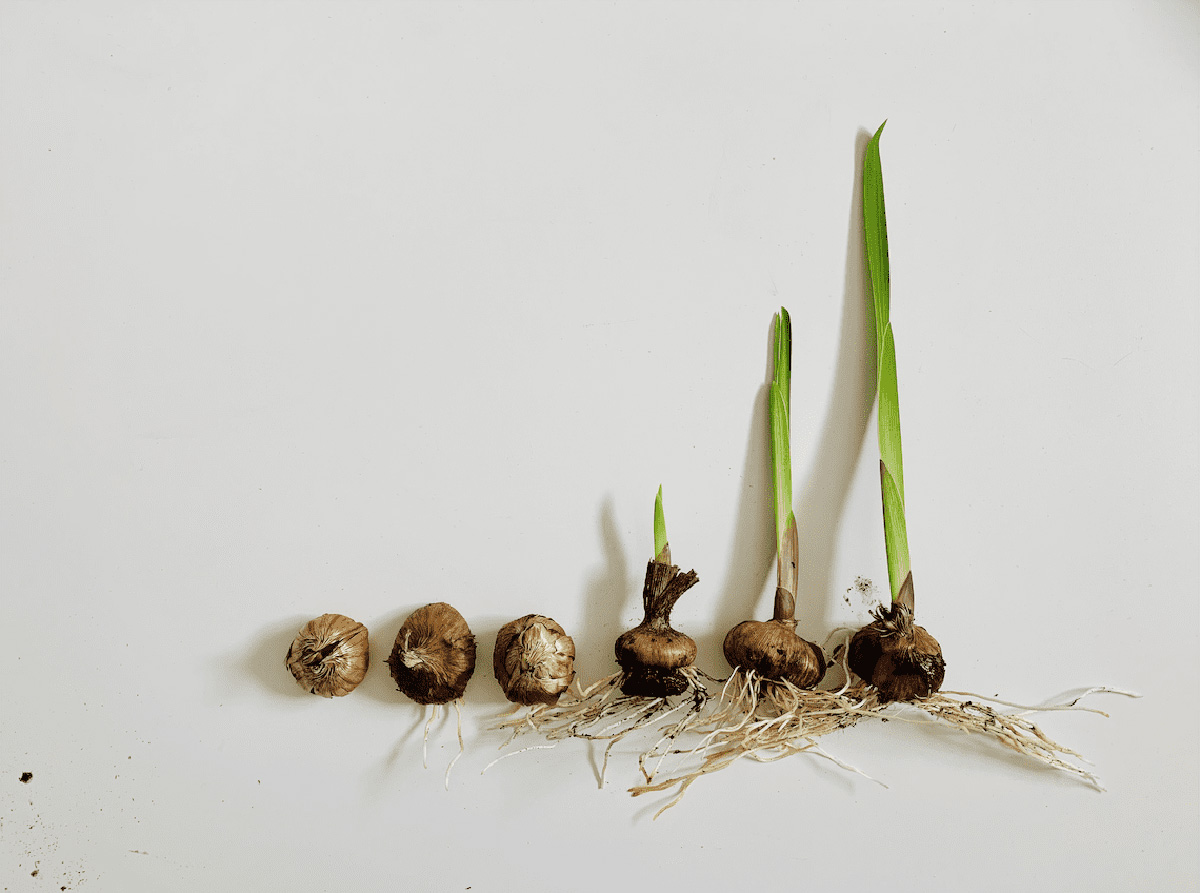
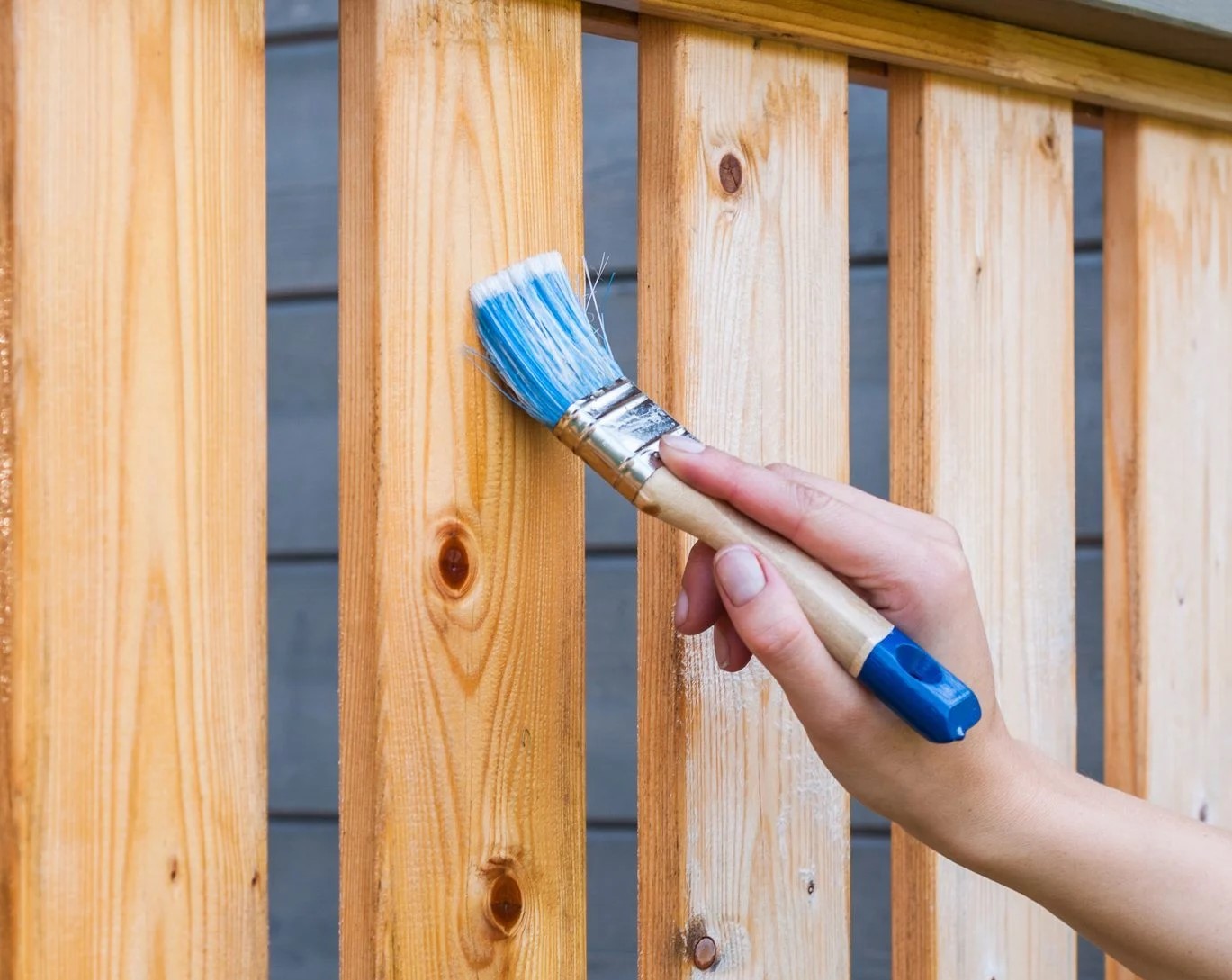

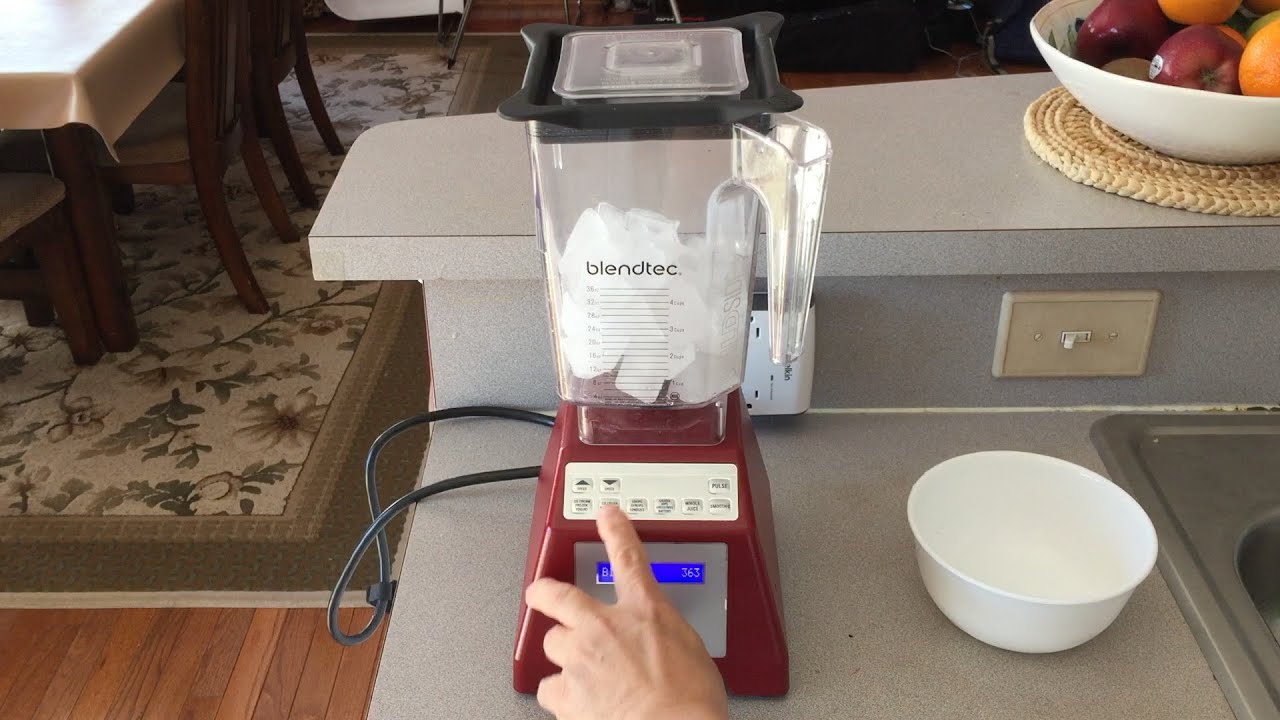

0 thoughts on “How To Germinate A Redwood From A Pine Cone”